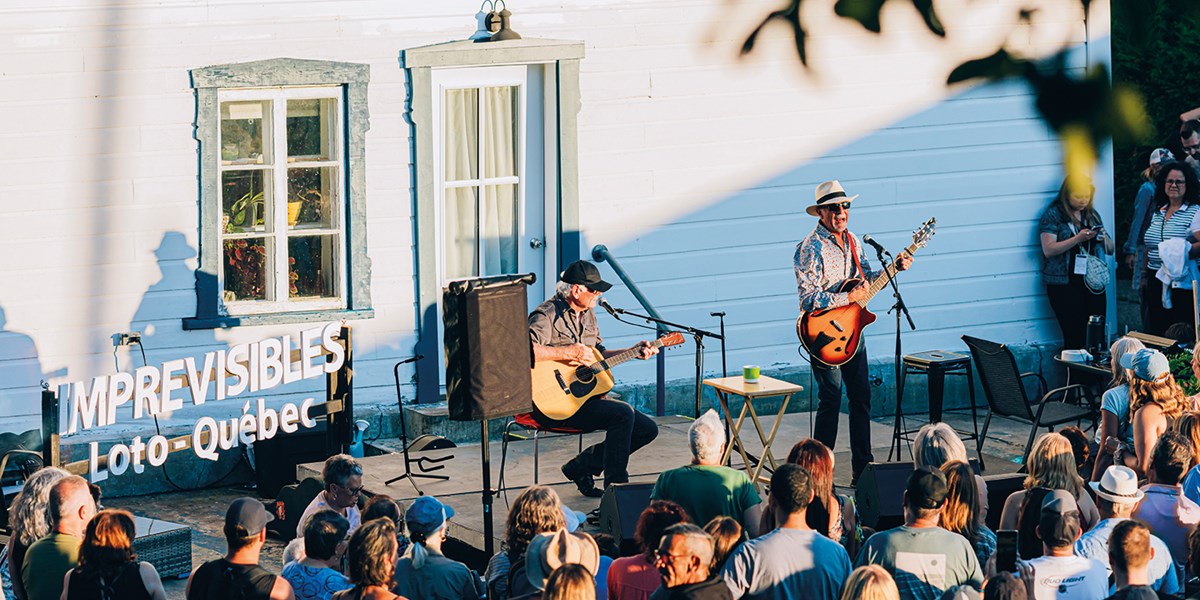Thursday, October 31, 2024
Postcard from Québec, Canada
Yousif Nur returns to Québec with free-form festivals, First Nations history and presidential hotels on his agenda

Yousif Nur (Samuel Gaudreault)

Register now to continue reading

Thanks for visiting the Songlines website, your guide to an extraordinary world of music and culture. Sign up for a free account now to enjoy:
- Free access to 2 subscriber-only articles and album reviews every month
- Unlimited access to our news and awards pages
- Our regular email newsletters

